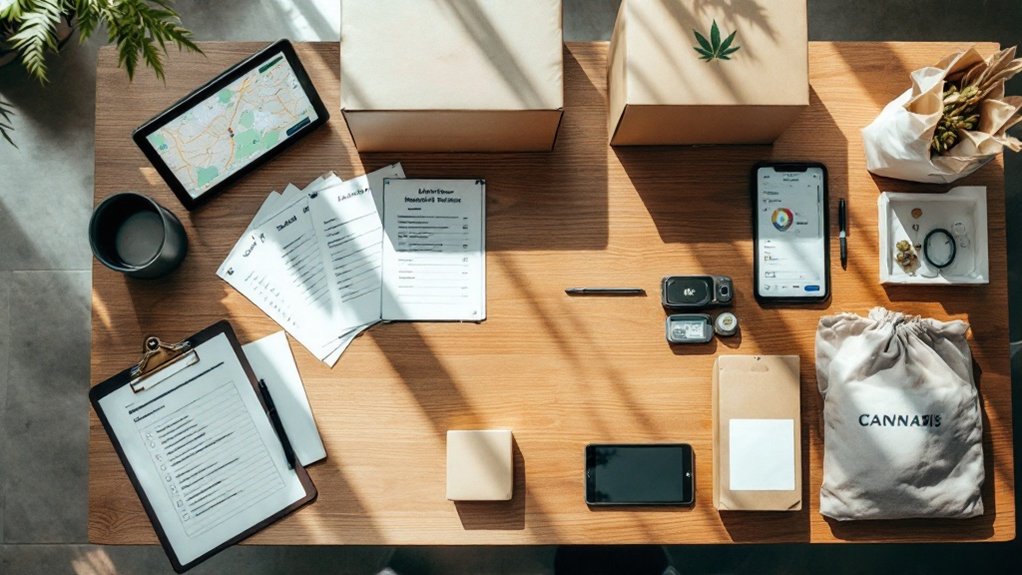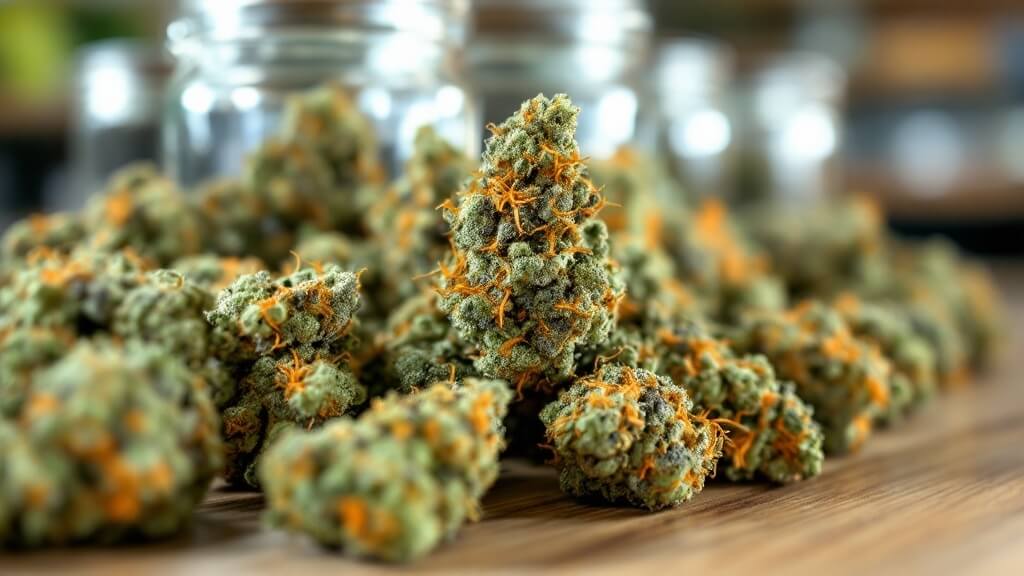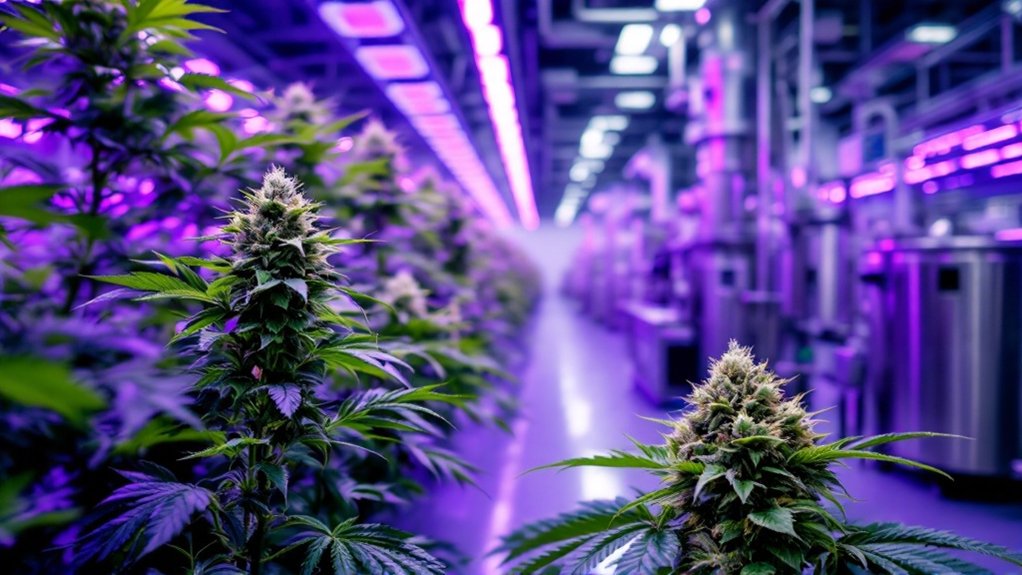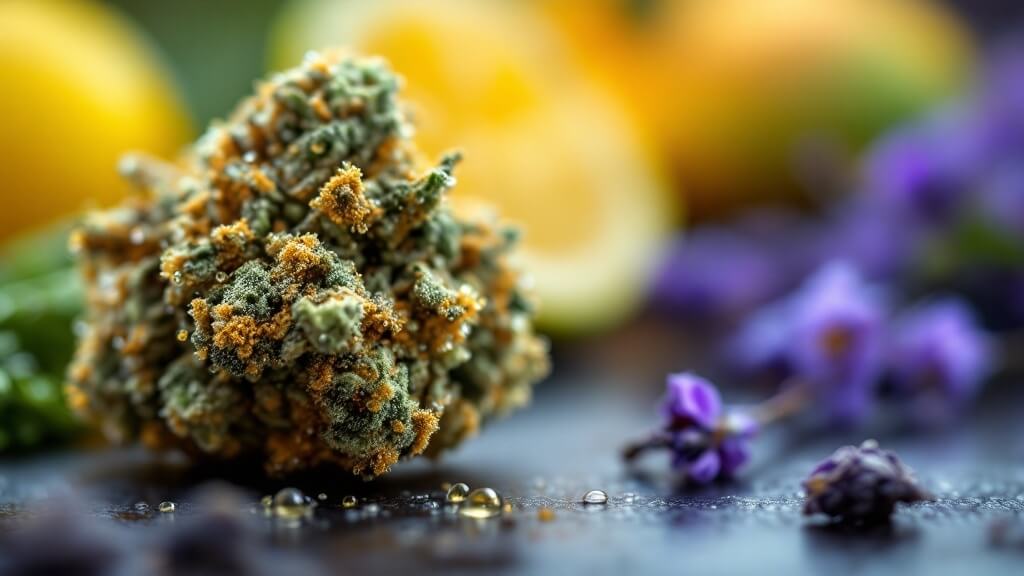Starting a cannabis edibles business requires maneuvering through complex regulations and market opportunities. Entrepreneurs must comply with child-resistant packaging requirements, age restrictions, and distribution limitations while addressing the rapidly growing market projected to reach $54 billion by 2034. Product innovation drives success in this competitive landscape, with consumers increasingly seeking precise dosing and specialized effects. Understanding regulatory compliance, packaging standards, and emerging consumer preferences forms the foundation for sustainable growth in this expanding industry.
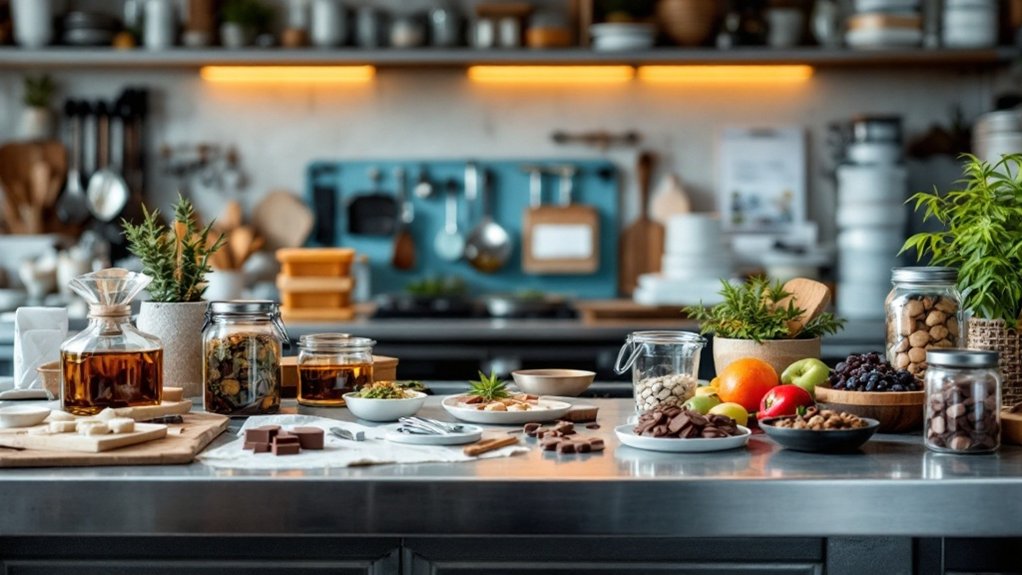
The cannabis edibles market stands at the cusp of unprecedented growth, with valuations reaching USD 12.3 billion in 2024 and projections indicating a surge to USD 54 billion by 2034. This remarkable trajectory, characterized by a 15.9% CAGR over the next decade, stems from evolving consumer preferences, regulatory shifts, and continuous product innovation.
The cannabis edibles sector is poised for explosive growth, expanding from $12.3B to $54B by 2034 amid shifting consumer demands.
The increasing demand for cannabis-infused food products, both for medicinal and recreational purposes, has created substantial opportunities for entrepreneurs considering entry into this dynamic market segment.
Regulatory requirements represent a critical consideration for cannabis edible businesses launching in 2025. All products must feature child-resistant and tamper-evident packaging as a non-negotiable safety measure. Sales restrictions include a minimum age requirement of 21 years and prohibitions on distribution near educational institutions. Recent federal developments show that cannabis may soon be rescheduled to Schedule III, which could significantly impact compliance requirements for edible businesses.
The regulatory landscape continues to evolve, with states like Virginia, Hawaii, Indiana, and Tennessee introducing new cannabis legislation, while Kentucky prepares to launch its medical cannabis program with specific compliance parameters.
Packaging standards demand particular attention from prospective business owners. Containers must incorporate resealable child-resistant mechanisms with proper certification. Tamper-evident features guarantee product integrity, while opaque, non-transparent bags for edibles reduce visual appeal to minors. The cannabis packaging market is experiencing substantial growth, projected to reach 1.99 billion dollars by 2025 as brands seek innovative solutions.
Clear labeling requirements include prominent display of product name and cannabis variety classification (Indica, Sativa, or Hybrid).
The market presents notable challenges despite its growth potential. Uncertainty persists due to delayed federal rescheduling processes, while industry consolidation creates competitive pressure as larger entities acquire smaller dispensaries.
Businesses must navigate federal financial restrictions while maintaining compliance with rapidly changing regulations.
Consumer preferences have shifted toward edibles as a discreet, accessible consumption method. This trend coincides with increasing awareness of cannabis’s therapeutic and recreational benefits.
The market reveals growing demand for innovative formulations aligned with contemporary dietary preferences, specialized products offering targeted effects, and precise dosing options.
Product innovation represents a significant focus area within the industry. Substantial R&D investment drives development of novel flavors, formulations, and functional edibles tailored to dietary trends.
Beyond traditional brownies and gummies, diverse product categories continue emerging, with emphasis on consistent dosing, effect predictability, and enhanced bioavailability through advanced technological integration.
Frequently Asked Questions
How Do I Source Quality Cannabis for My Edible Products?
Quality cannabis sourcing requires partnering with licensed producers who follow GMP certification standards and implement seed-to-sale tracking systems.
Businesses should verify supplier compliance history and require thorough certificates of analysis documenting cannabinoid profiles, contaminant testing for pesticides, heavy metals, and microbials.
Cannabis materials should undergo visual inspection for physical contaminants and be stored under ideal temperature and humidity conditions.
Regular testing throughout production guarantees consistent potency and safety in the final edible products.
What Are the Legal Packaging Requirements for Cannabis Edibles?
Cannabis edible packaging must be child-resistant, with resealable containers for multi-serving products.
Regulations require clear THC/CBD potency labeling, tamper-evident seals, and prominent warning labels.
Many states mandate opaque packaging to prevent attracting children, with total THC content typically limited to 100mg per container.
State-specific rules include California’s universal cannabis symbol requirement and Oregon’s prohibition of child-appealing imagery.
Tinctures and oils require glass or plastic vials with child-resistant caps and proper measuring devices.
How Do I Determine Proper Dosing for My Products?
Determining proper cannabis edible dosing requires adherence to regulatory guidelines, which typically set standard servings at 5-10mg THC depending on jurisdiction.
Manufacturers should establish precise cannabinoid content through third-party laboratory testing and implement quality control systems to maintain consistency between batches.
Products should feature tiered dosing options—starting with microdoses (1-2.5mg THC) for beginners and scaling up to moderate doses (10-15mg THC) for regular users.
Clear labeling must indicate THC content per serving and include warnings about delayed onset effects.
What Food Safety Certifications Do I Need for Cannabis Edibles?
Cannabis edibles manufacturers typically need ServSafe® certification, which demonstrates understanding of basic food handling safety practices.
Additionally, most states require cannabis-specific food handler training as part of their regulations. The Certified Cannabis Edibles Professional (CCEP) credential provides specialized preparation for the industry.
While federal agencies don’t certify cannabis products, following Good Manufacturing Practices (GMPs) established in the Food Safety Modernization Act is essential.
Third-party laboratory testing of all products is generally mandated by state regulations to verify safety and potency.
How Can I Test Shelf Stability of My Cannabis-Infused Products?
Testing shelf stability of cannabis-infused products requires both real-time and accelerated testing approaches.
Manufacturers should monitor products at multiple intervals (3, 6, and 12 months) while tracking changes in cannabinoid profiles, terpene concentrations, microbial growth, pH levels, and water activity.
Accelerated stability testing, which exposes products to adverse conditions like higher temperatures and humidity, provides faster insights.
Thorough shelf life analysis evaluates physical appearance, flavor, aroma, potency, and safety parameters throughout the product’s expected lifespan.

